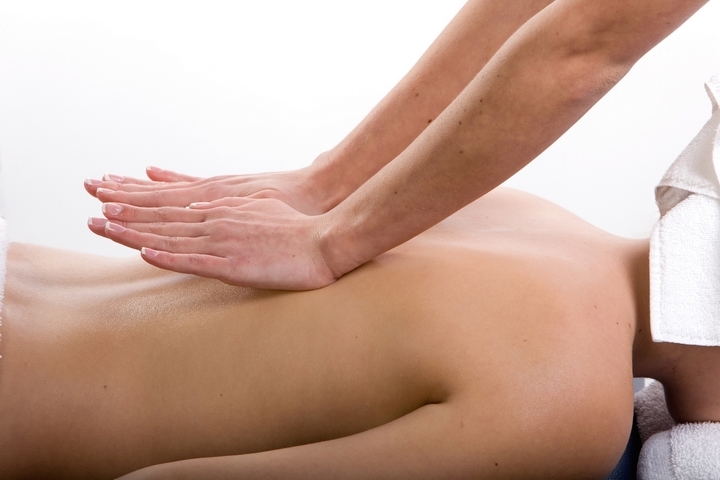7 Types of Chiropractic Treatments and Adjustment Techniques
A chiropractic adjustment is a manual therapy for relieving pressure on joints to improve the spinal motion range. A chiropractor uses different techniques and treatments to relieve various conditions. The treatments help the body to heal itself.
Below are seven types of chiropractic treatments and adjustment techniques, and the conditions they treat:
Type #1: Gonstead Adjustment Treatments

This chiropractic treatment is one of the most common adjustment techniques used by chiropractors. It is universally taught to students early in their learning process. It’s a hands-on technique for diagnosing and fixing specific issues. The focus is to address the problem areas as specifically as possible.
During the procedure, the spinal region is analyzed thoroughly. Next, the spine is carefully realigned to ensure painless, accurate adjustments. This reduces pain and inflammation.
Specifically designed for spine-related issues, it guarantees quick recovery without endangering the patient. It also fixes problems such as long-term back pain or interferences with the nervous system, which are caused by vertebral subluxation. It can also be used for the restoration or maintenance of optimal health.
Type #2: Activator Treatments

This type of chiropractic treatment involves the use of a hand-held mechanical instrument, also known as the activator adjusting instrument. The chiropractor uses the activator to deliver a gentle impulsive force onto the vertebral segments of the spine, restoring motion to a targeted spinal vertebra or joint.
When a vertebral joint is out of alignment, it intrudes on the space designated for blood flow and nerves, which can cause pain and numbness. The activator applies a gentle force to push it back to its original alignment and prevent further injury. This feels like a light thumping sensation that’s not uncomfortable at all.
This treatment is effective because the instrument used works fast before the muscles tense up and resist treatment. Chiropractors often use this treatment for conditions such as migraines or other chronic headaches, neck pain, or lower back pain. It’s an excellent choice for seniors.
Type #3: Diversified Technique Treatments

This is a commonly used adjustment technique among chiropractors. It’s also known as the direct thrust technique. Using their hands, the chiropractor applies a rapid thrust to different parts of the spine at a time. This relieves tension around the area and allows issues and fluids to restore proper movement, circulation, and spine alignment.
The adjustment produces a cracking sound caused by escaping gas that’s released when the joint is pushed past its motion range. This technique is used on patients with lumbar disk herniation, which causes neck and back pain, whiplash, headaches, or misaligned bones or joints. It gives instant relief from pain, but it’s considered a riskier technique compared to other manipulative methods due to the high force employed.
Type #4: Soft Tissue Therapy Treatments

This is a complex targeted clinical massage that mainly focuses on the soft tissues of the body, which include muscles, joints, tendons, ligaments, and connective tissue. A fully-trained soft tissue therapist uses different techniques and tools for the task. The therapy helps to release toxins and improve blood flow and circulation. It’s used to relieve discomfort associated with stress, chronic pain, and muscle overuse.
The soft tissue technique is beneficial to a person involved in strenuous activity, either through sports or at work since it provides relief from tension and increases the feeling of wellbeing. Soft tissue therapy increases the flexibility and mobility of muscles, decreases the risk of injury, and corrects muscular imbalance.
Type #5: Flexion-Distraction Treatments

Flexion-distraction is a low force, safe, and gentle chiropractic technique that aims to relieve pressure off spinal nerves that may be injured or dysfunctional. This technique is performed on a segmented table that moves as the chiropractor gently manipulates your spine. These movements stretch and decompress the spine.
Flexion-distraction is a non-surgical alternative technique that resolves disc bulges and disc herniation. It also increases spinal movement within spinal and disc joints. It’s used to treat different conditions of the lumbar spine, such as low back pain, sprains and strains, as well as reduce sciatica symptoms, arthritis, lumbar disc injury, scoliosis, or leg and neck pain.
Type #6: Thompson Technique Treatments

This is a full-spine adjusting technique also referred to as the drop technique. It involves special treatment tables with drop mechanisms to provide low-amplitude, high-velocity, and low-force adjustments. The table drops slightly as the doctor applies thrusts during the adjustments.
This technique results in less forceful adjustments, stability, and comfort for the patient. It also promotes the clinical longevity of the doctor during the manipulation. After the adjustment, the patient feels a warm sensation flowing to different parts of the body. It’s used to restore normal nerve function, relieve pain, reduce stress, increase body function, and improve sleep.
Type #7: Logan Basic Technique Treatments

This type of chiropractic adjustment involves the application of pressure on a leverage spot on the sacral bone; hence the name basic. The chiropractor focuses on holding the pressure at the base of the spine while simultaneously rubbing the back muscles to release tension. The pressure treats back and pelvis muscles and realigns the spine bones.
This technique balances the entire spine, releases tension in the body, relieves headaches and migraines, and relieves stress. It’s a gentle but effective chiropractic technique that can also be used on infants and toddlers.
Chiropractic medicine doesn’t only involve spinal manipulation. Your chiropractor will discuss your lifestyle choices to identify the unhealthy ones before settling on practical strategies to mitigate them.

